Samsung EP-TA20EWE (Fake)
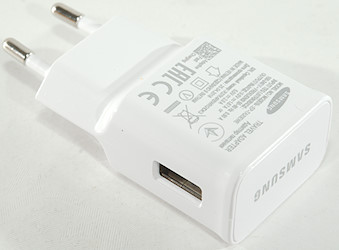
Official specifications:
-
Power Capacity: 9V-1.87A 5V-2.0A
-
Color: White
-
Voltage: Input:100-240V
-
Adaptive Fast Rapid Charger: Adaptive Fast Rapid Charger For Samsung
I got it from a ebay dealer: jtao1986
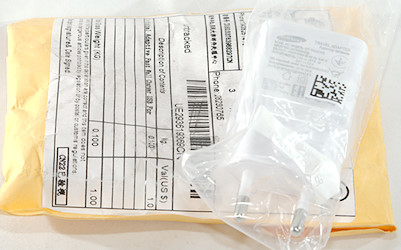
I got it in a envelope, not in a box marked Samsung
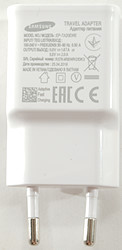
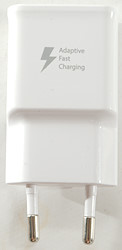
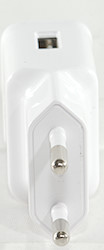
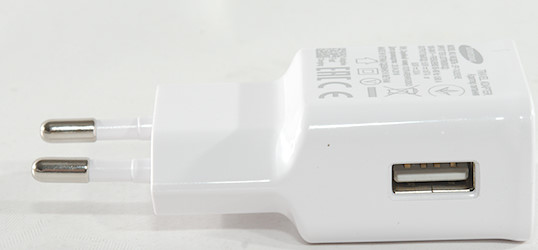
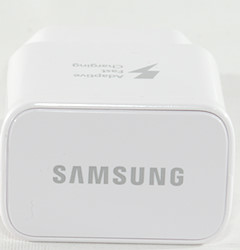
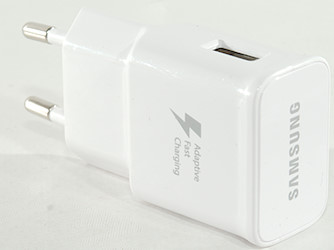

Measurements
-
Power consumption when idle is 0.1 watt
-
Output is auto coded as DCP and QC2 with 5V and 9V (This may be for Samsung)
-
Weight: 36.5g
-
Size: 75.4 x 36.5 x 23.5 mm
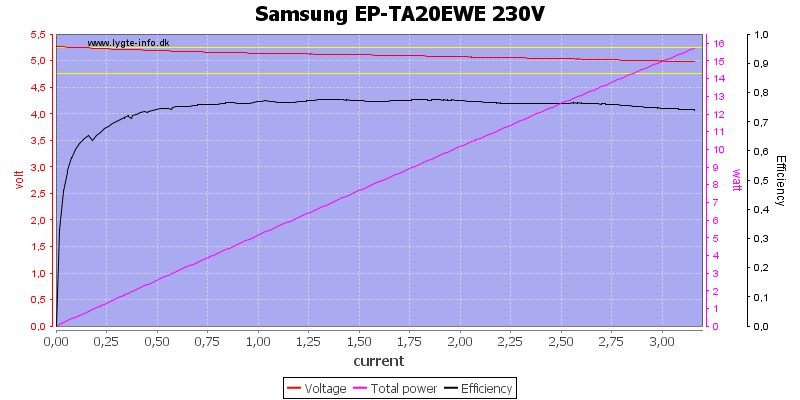
The charger can deliver about 3.2A, this is considerable more than the rated 2A.
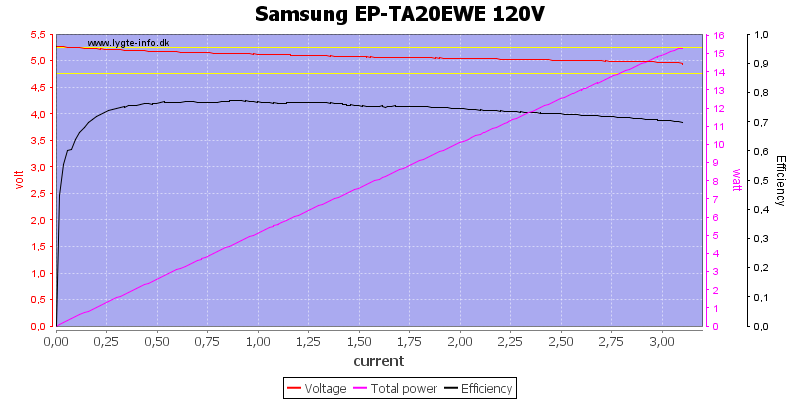
At 120VAC the output drops to 3.1A
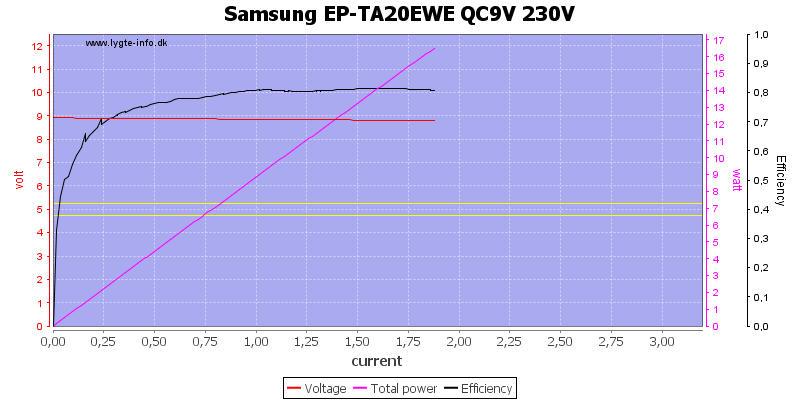
At 9V the charger can deliver 1.8A
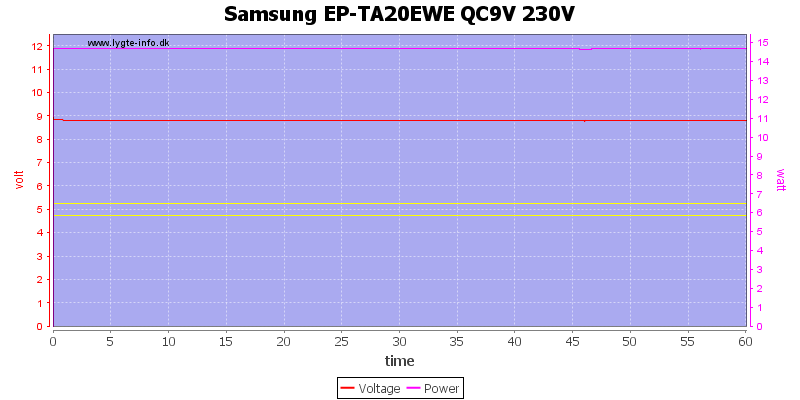
Running at 9V 1.67A for one hour worked fine.
The temperature photos below are taken between 30 minutes and 60 minutes into the one hour test.
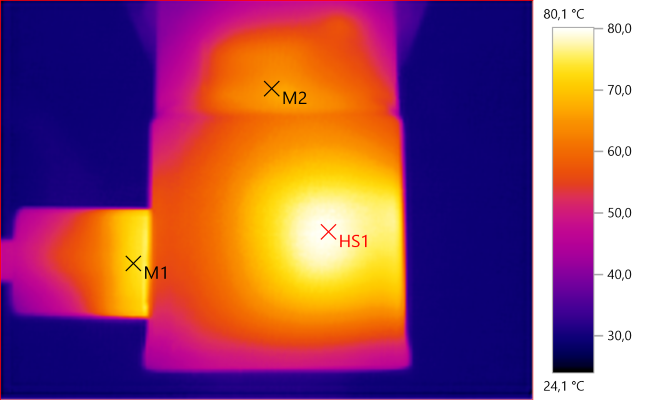
M1: 72.6°C, M2: 65.4°C, HS1: 80.1°C
HS1 is the transformer.
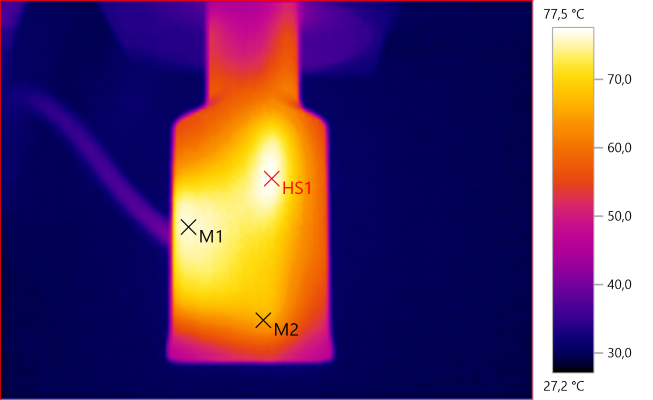
M1: 76.3°C, M2: 65.7°C, HS1: 77.5°C
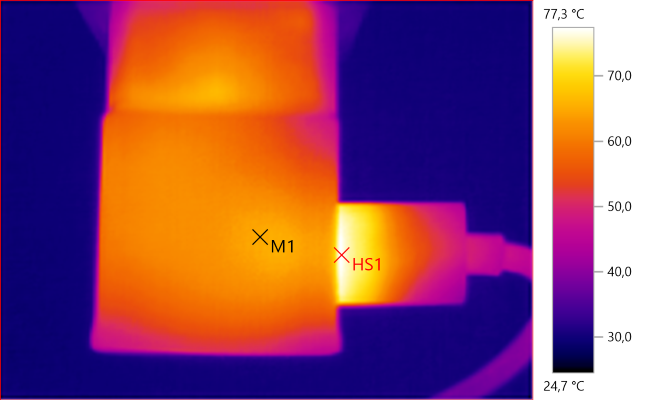
M1: 64.8°C, HS1: 77.3°C
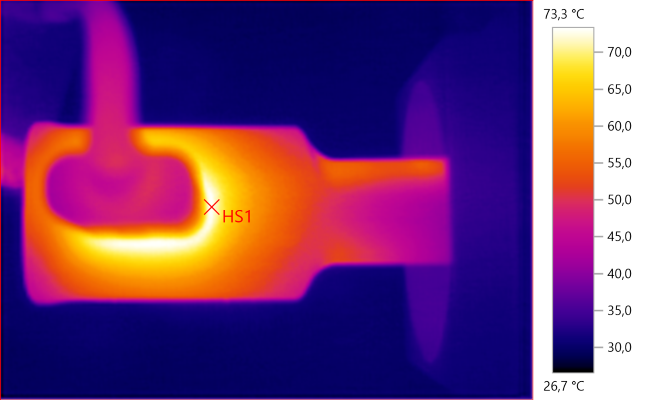
HS1: 73.3°C
The diode below the usb connector will heat it up.
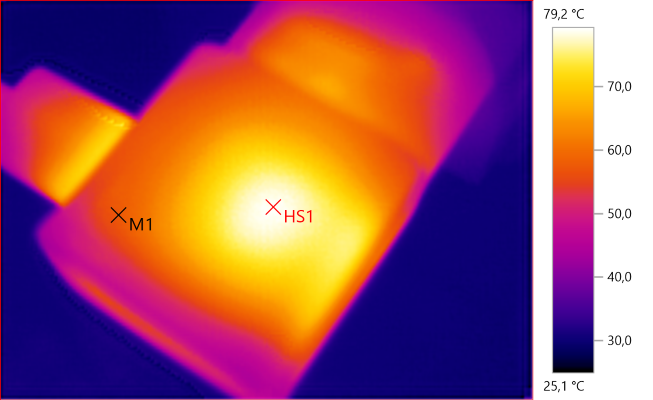
M1: 57.3°C, HS1: 79.2°C

At 0.5A the noise is 100mV rms and 2622mVpp

At 1A the noise is 115mV rms and 2587mVpp
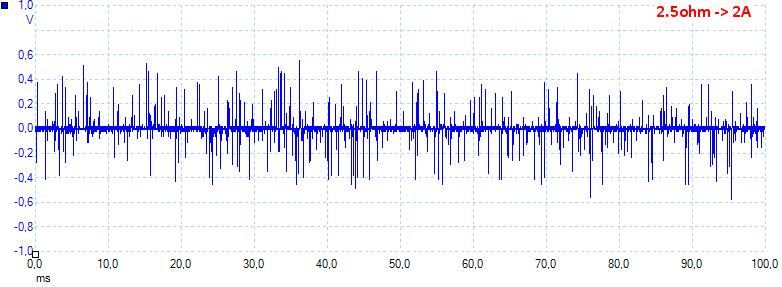
At 2A the noise is 143mV rms and 3153mVpp
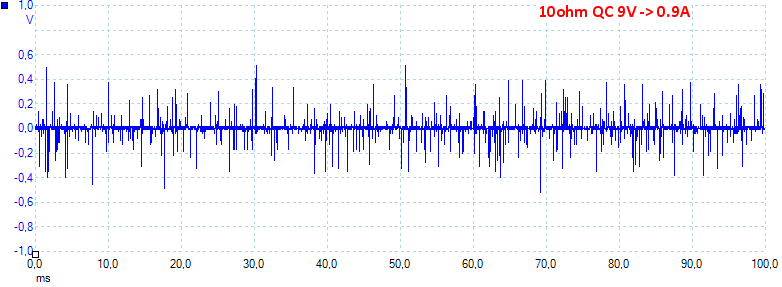
At 0.9A the noise is 169mV rms and 1524mVpp
Tear down

Using my vice to apply some pressure around the top made it pop off.
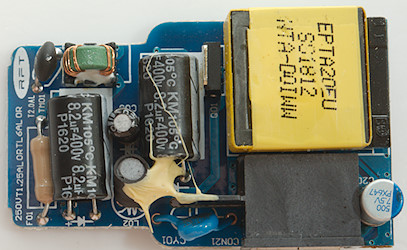
At the mains input is a fusible resistor (F01) and a inrush current limiter (TM01: NTC) followed by a common mode coil, there is another inductor (L02) between the two mains capacitors. The main switcher transistor (Q01) is next to the transformer and near the plastic shield is the safety capacitor (CY01).
Something is wrong with the output capacitor, it is marked 500 (For 500uF) and 7.5V (For 7.5 Volt), but the charger can deliver 9V?
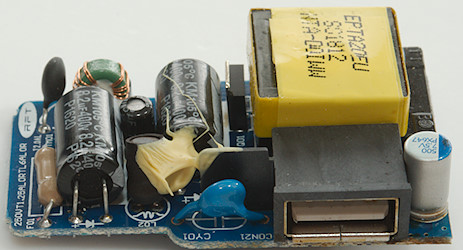
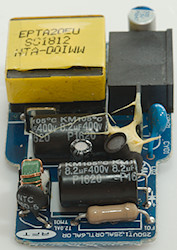
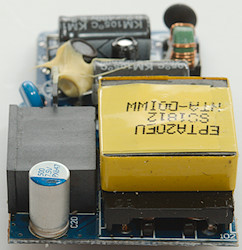
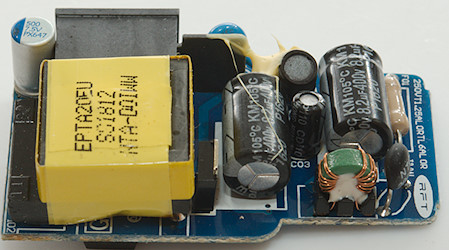
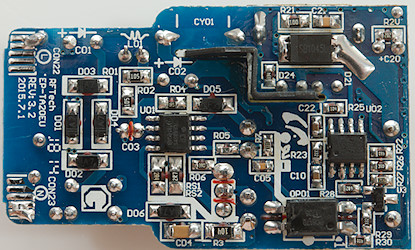
The bridge rectifier is 4 diodes (D01, D02, D03, D04). The mains switcher (U01: CR6853S) is a 8 pin IC, there is a opto coupler (OP01) for feedback.
On the low volt side there is a large rectifier diode (D21) placed below the usb connector (I wonder why a 330kOhm resistor is called D24). There is a 8 pin IC (U02) to handle the 9V QC and a reference (U3: 431) for the opto feedback.

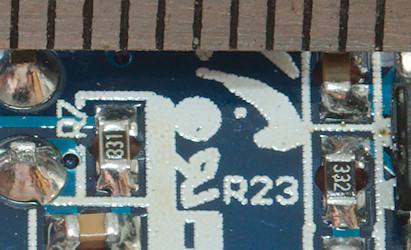
The distance between mains and low volt is slightly below 5mm here.
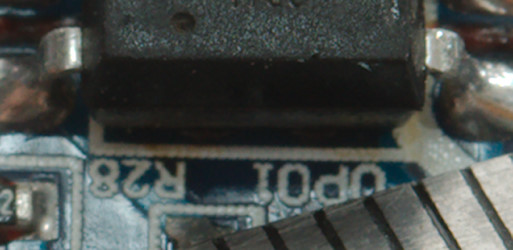
And here it is about 4mm from the track that goes below the opto coupler to the capacitor (C10). See top view above for a better picture.
The charger passed the 2830 volt and the 4242 volt this makes it fairly safe.
Conclusion
A Samsung charger from Ebay, is this a real on or a fake one?
The circuit board do not say Samsung anywhere, but that could be because Samsung bought from some other manufacturer.
Mostly it looks real, but the high noise, the low safety distance and a 7.5V capacitor with 9V applied makes me believe it is fake.
I will not recommend this charger.
Notes
Index of all tested USB power supplies/chargers
Read more about how I test USB power supplies/charger
How does a usb charger work?






